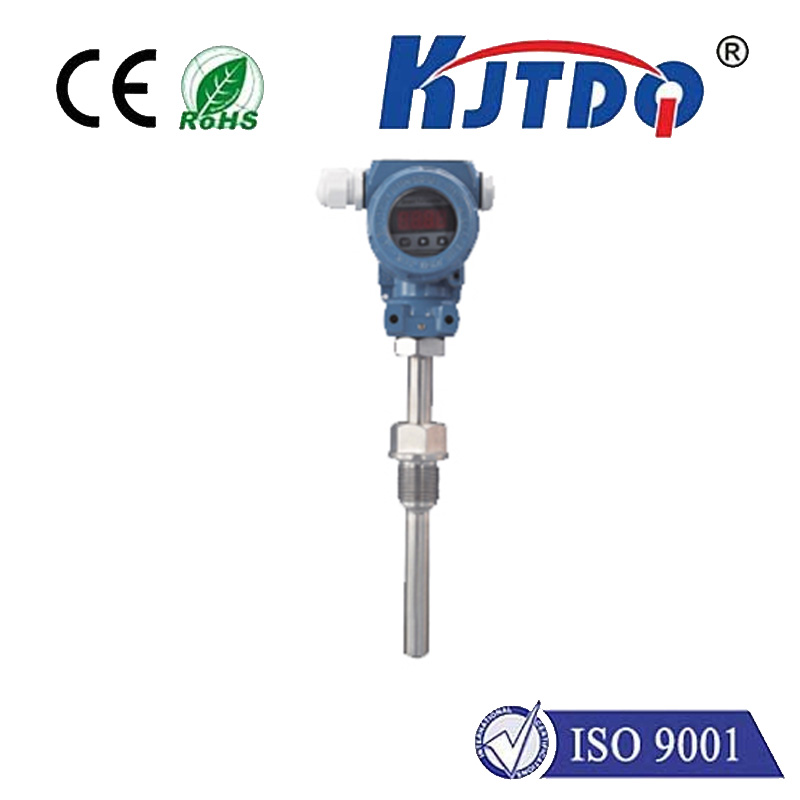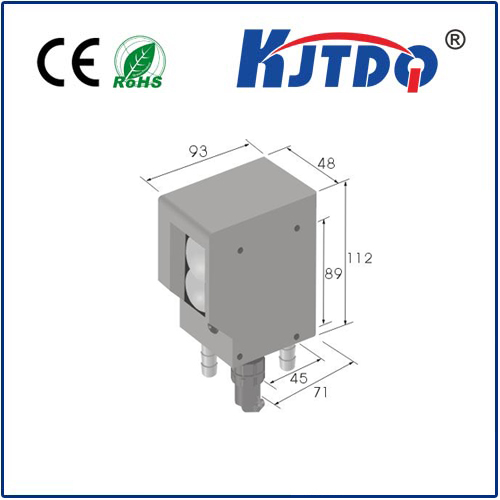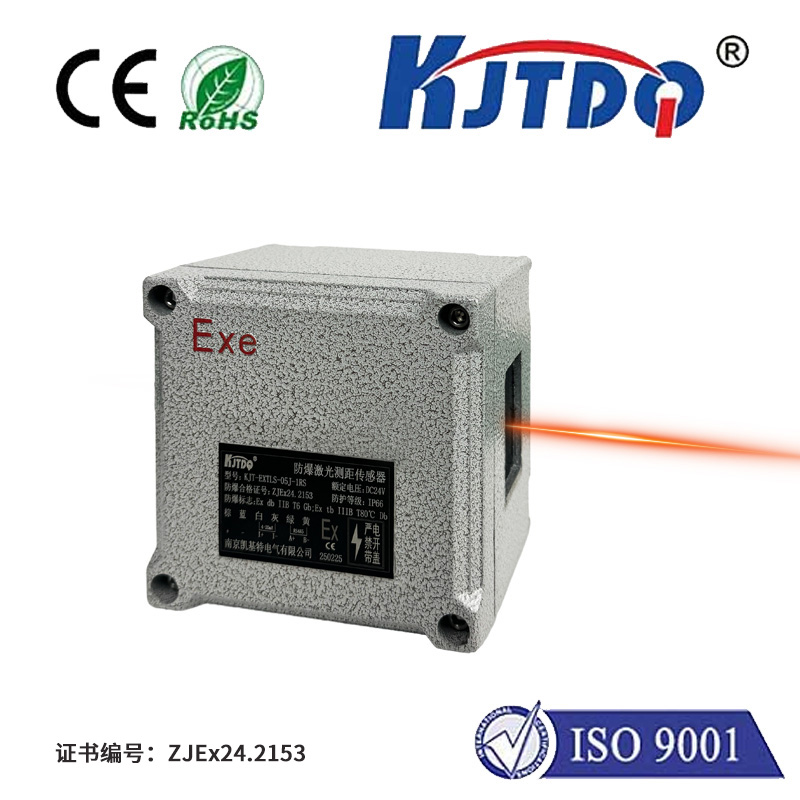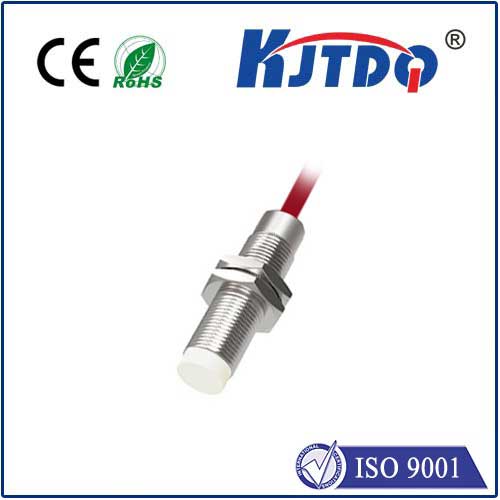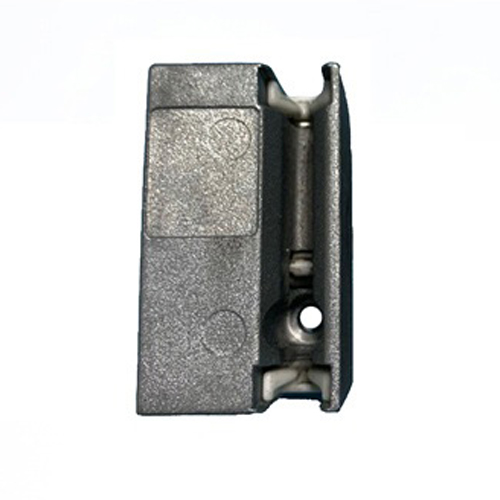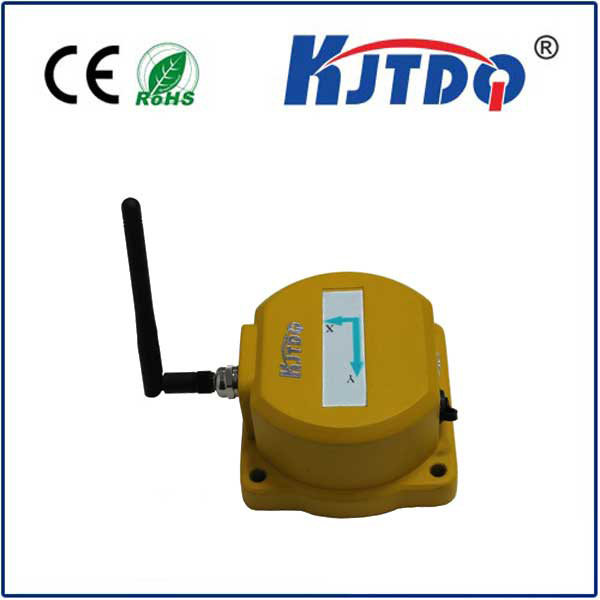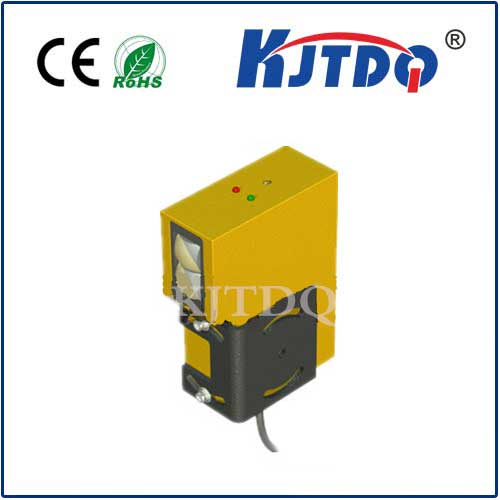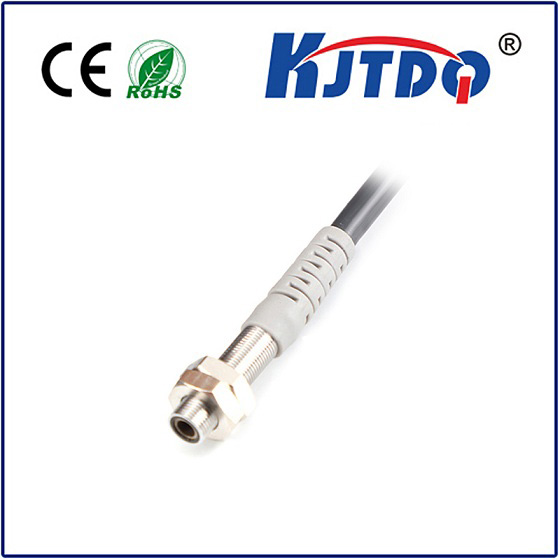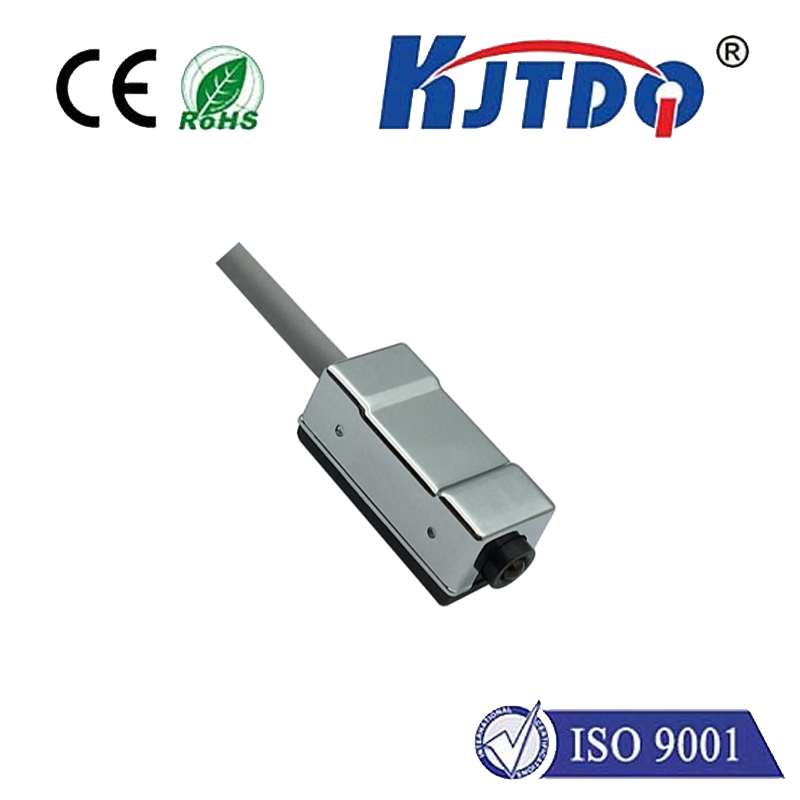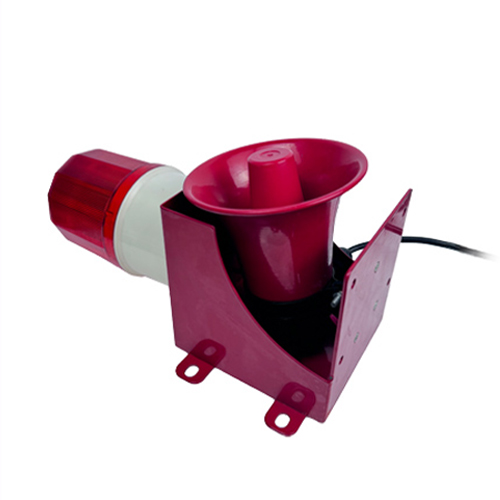optical position sensor
- time:2025-08-13 15:16:56
- Click:0
Optical Position Sensors: The Unseen Precision Powerhouses in Modern Technology
Imagine a world where machines move with superhuman accuracy, assembly lines self-correct microscopic flaws in real-time, and robots navigate complex environments with grace. This isn’t science fiction; it’s the reality enabled, in large part, by optical position sensors. These sophisticated devices, acting as the “eyes” of modern automation and instrumentation, silently measure position, displacement, or motion using the fundamental properties of light. Understanding their function reveals why they are indispensable components driving innovation across countless industries.
What Exactly is an Optical Position Sensor?
At its core, an optical position sensor is a device that determines the precise location of an object relative to a reference point by utilizing light. Unlike mechanical sensors that require physical contact, optical sensors operate non-contactly. They typically consist of a light source (like an LED or laser diode) and a light detector (such as a photodiode, phototransistor, CCD, or CMOS array). The core principle revolves around how light interactions – reflection, interruption, diffraction, or interference – change as the target object moves. These changes are meticulously captured and converted by the detector into an electrical signal directly proportional to the object’s position.
How Do They Achieve Such Precision? The Core Mechanisms

Several distinct optical principles power these sensors, each suited to specific applications:
- Triangulation: This common method employs a focused light beam (often laser) projected onto the target surface. The reflected light spot is imaged onto a position-sensitive detector (PSD or linear array) at an angle. As the target moves closer or farther away, the position of the reflected spot shifts laterally on the detector. By precisely measuring this shift, the sensor calculates the distance (and thus position) with high accuracy. This is exceptionally effective for non-contact distance measurement and surface profiling.
- Shadowing/Interruption: Here, a light beam passes uninterrupted from an emitter to a detector. When an object moves into the beam path, it casts a shadow, interrupting the light. The timing and extent of this interruption reveal position or speed. Applications like optical encoders often use this principle with patterned discs or strips. Linear and rotary optical encoders are fundamental for high-resolution motion control in CNC machines and robotics.
- Image-Based Sensing: Utilizing miniature cameras (CMOS/CCD sensors) and sophisticated image processing algorithms, these sensors track features or patterns on a moving object. By analyzing how the target’s image changes frame-by-frame, they determine displacement in multiple axes. This is crucial for complex tracking tasks in automation and alignment systems.
- Interferometry: Representing the pinnacle of precision, interferometric sensors split a laser beam, sending one part to a reference mirror and the other to the target. The reflected beams recombine, creating an interference pattern. Minute movements of the target change this pattern. By counting the interference fringes, displacements can be measured with nanometer or even sub-nanometer resolution. This is vital for ultra-precision metrology and semiconductor manufacturing.
Why Choose Optical? Compelling Advantages
The dominance of optical position sensing stems from several key benefits:
- Non-Contact Operation: This eliminates friction, wear, and potential damage to both the sensor and the target object, ensuring longevity and reliability, especially with delicate components.
- Exceptional Precision and Resolution: Optical methods enable measurements down to the sub-micron and even nanometer level, far exceeding most contact-based sensors. High-resolution optical encoders are the backbone of precision machining and motion stages.
- High Speed and Bandwidth: Light travels fast! Optical sensors can capture rapid position changes and vibrations that mechanical sensors simply cannot track, enabling real-time control in high-speed processes.
- Immunity to Electromagnetic Interference (EMI): Unlike inductive or capacitive sensors, optical sensors are largely unaffected by EMI, making them reliable in electrically noisy industrial environments.
- Versatility: They can measure a vast range of targets – transparent, reflective, opaque, hot, cold, magnetic, or non-magnetic – by selecting the appropriate operating principle and wavelength.
Where Are They Making an Impact? Diverse Applications
The pervasiveness of optical position sensors is remarkable:
- Industrial Automation & Robotics: Precise robotic arm positioning, conveyor belt tracking, quality control (measuring part dimensions), optical encoder feedback in servo motors for CNC milling/lathing, and automated assembly line guidance.
- Consumer Electronics: Trackpads in laptops, autofocus mechanisms in smartphone cameras (detecting lens position), printer head positioning, and gaming controllers (motion tracking).
- Medical Devices: Surgical robot positioning, microscope stage control, patient positioning systems in radiation therapy, and lab automation equipment.
- Automotive: Throttle position sensing, suspension travel monitoring, headlight leveling systems, and advanced driver-assistance systems (ADAS) like LiDAR for object detection.
- Aerospace & Defense: Aircraft control surface feedback, inertial navigation system components, antenna positioning, and missile guidance systems.
- Scientific Research & Metrology: Atomic force microscopes (AFM), scanning probe microscopes, optical tables for vibration isolation control, and calibration standards requiring nanometer precision.
Innovation on the Horizon
The evolution of optical position sensor technology continues relentlessly. Key trends include:
- Miniaturization: Development of ever-smaller sensors for integration into compact devices like wearables and micro-robotics.
- Enhanced Speed & Bandwidth: Meeting the demands of next-generation high-speed manufacturing and scientific instrumentation.
- Improved Robustness & Environmental Tolerance: Sensors capable of operating reliably in extreme temperatures, pressures, and contaminated environments (dust, oil).
- Intelligence at the Edge: Incorporating basic signal processing and communication capabilities directly into the sensor package for faster response and simplified system integration.
- Multi-Axis and 6-DOF Sensing: Combining technologies (like image sensors with structured light) to track position and orientation (roll, pitch, yaw) simultaneously in a single device.
The Foundation of Precision
From the intricate ballet of robotic arms on a factory floor to the delicate focusing mechanism inside a smartphone camera, optical position sensors provide the fundamental data of where things are. Their ability to deliver non-contact, high-precision, high-speed measurements makes them irreplaceable components in modern engineering. As technology pushes the boundaries of what’s possible in manufacturing, automation, exploration, and healthcare, the role of the optical position sensor as a critical enabler of precision will only grow more profound. These sophisticated photonic sentinels will continue to be the unseen force guiding machines towards ever-greater accuracy and capability.












